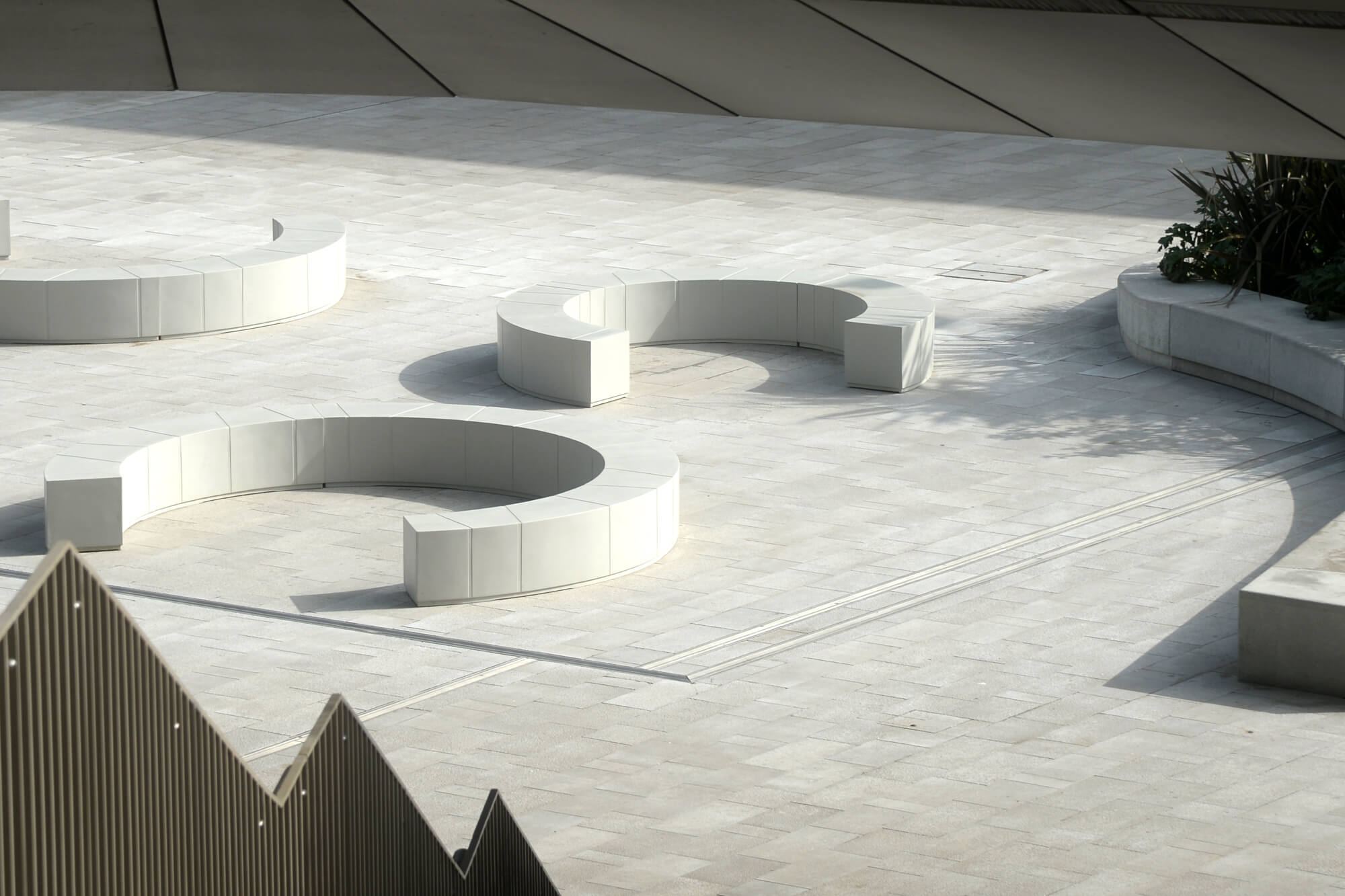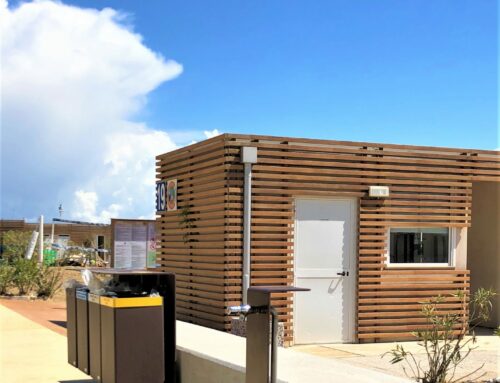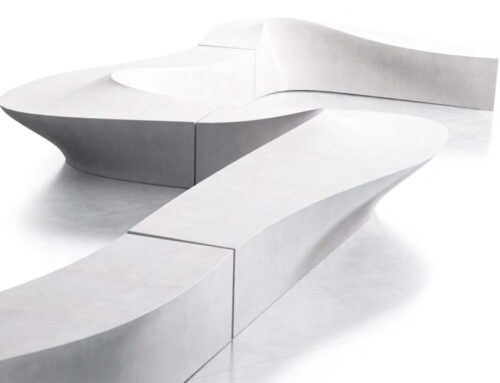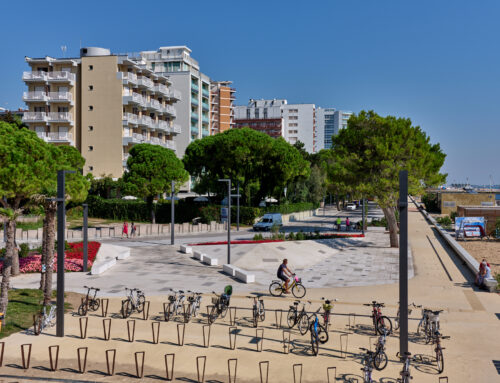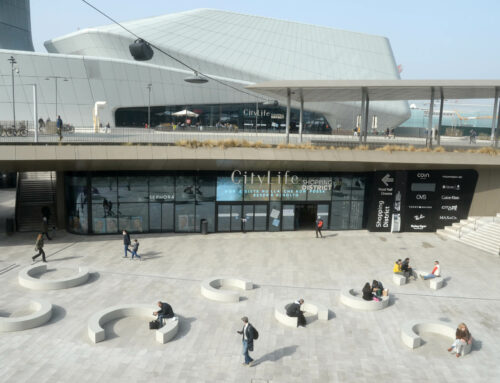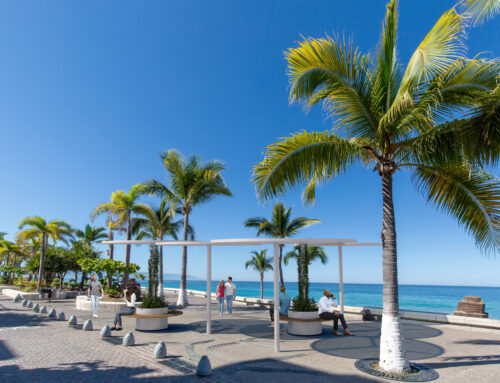UHPC, or Ultra High Performance Concrete, is a revolutionary material that is transforming the urban design industry and beyond.
Its distinctive characteristics, which we will explore more in detail in this article, have made it an ideal solution for projects requiring robustness and sustainability over the last 30 years, with countless realisations in urban centres around the world.
If you want to find out more about the benefits, practical applications and contribution of UHPC to the construction of more modern, state-of-the-art cities, read on in our in-depth article and discover how LAB23 decided to use it for its projects.
What is UHPC?
UHPC, as its name suggests, is an ultra-high performance concrete, so called because it stands out for its mechanical and performance properties compared to traditional concrete, the one we have always known.
It is in fact a cementitious compound that is characterised by high compressive strength, strong durability and a very versatile modelling capability.
But what makes UHPC so special and why is it becoming an increasingly popular option in urban design? Let’s see it together.
Origins and development of UHPC technology
UHPC technology took shape in the 1990s, at a time when the construction industry was facing new challenges related to the durability and strength of materials.
Increasing demand for stronger and longer-lasting structures prompted researchers and engineers to explore new solutions, leading to the creation of Ultra High Performance Concrete.
Its advanced composition integrates special additives and metal fibres: these elements not only increase mechanical strength, but also improve the material’s resilience to environmental factors and wear, amplifying its benefits.
The chemical formulation of this material has been developed with the aim of optimising every aspect, making it perfect for applications where not only strength is paramount, but where aesthetics and environmental impact are as well.
Advantages of UHPC
UHPC offers a number of advantages that make it particularly attractive in the field of construction and street furniture.
First of all, it stands out for its high mechanical strength, capable of withstanding stresses that traditional concrete could not handle.
One of the main strengths of this material is precisely its ability to withstand extreme loads and adverse environmental conditions.
Unlike normal concrete, which tends to deteriorate over time due to climatic factors and wear, UHPC maintains its structural properties for decades, making it a reliable choice for any project.
In addition, the extreme durability of UHPC is another key aspect: thanks to its reduced porosity and greater resistance to chemical and weathering agents, this material is able to maintain its performance over time, reducing the need for maintenance and repair work.
Nor can we overlook its aesthetic versatility. This high-performance concrete allows for exceptional workability, enabling designers to create modern and stylistically innovative street furniture, making it possible to create aesthetically pleasing and functional public spaces, thus enriching the urban environment in which it is placed.
UHPC and sustainability: an environmentally friendly material
One of the reasons why UHPC is gaining popularity is its response to sustainability requirements.
How can UHPC be considered sustainable? The answer is simple: we have seen how its long life significantly reduces the need for frequent replacement or maintenance work, and this important feature helps to reduce its environmental impact.
But not only that, the use of recycled materials and the optimisation of resources during its production also make it an ecologically responsible choice for sustainable street furniture projects.
Practical examples: LAB23 products
LAB23 is one of Italy’s leading manufacturers of street furniture and has chosen to use UHPC in many of its solutions.
The company, always at the forefront of sustainable design, offers a wide range of products made of this material, including benches, planters and litter bins.
Thanks to the use of UHPC, LAB23 products not only guarantee durability and strength, but also offer a modern and refined aesthetic, ideal for urban contexts that aim for a balance between functionality and beauty.
To find out more about the materials used by LAB23, including the technical details of UHPC, visit the dedicated page here.
UHPC is revolutionising the way we think about street furniture materials, combining high performance with sustainability and innovative design.
Thanks to companies like LAB23, we can see how this material can improve the quality of public spaces, offering durable and environmentally friendly solutions.
Continue reading our blog insights and stay updated on our projects in Italy and abroad.

